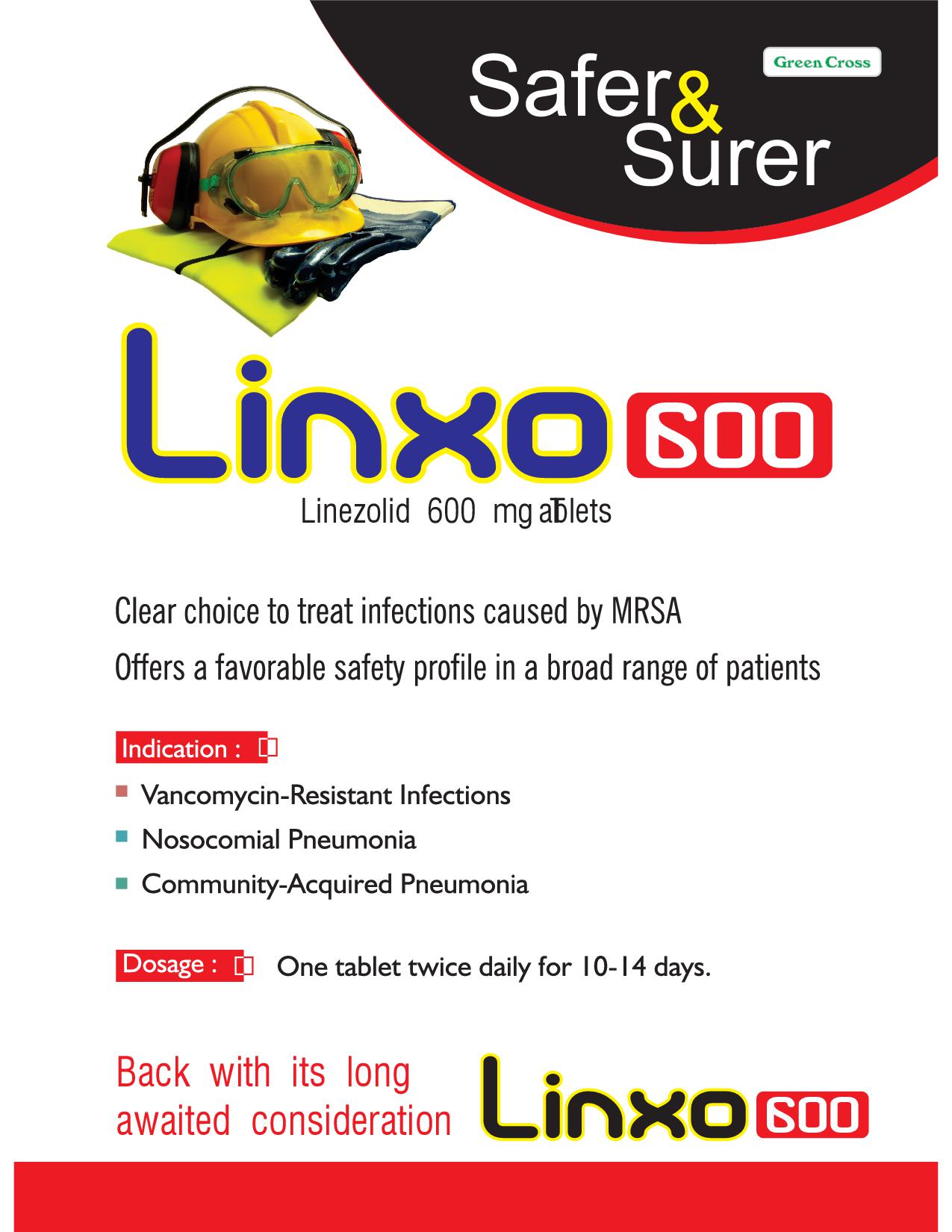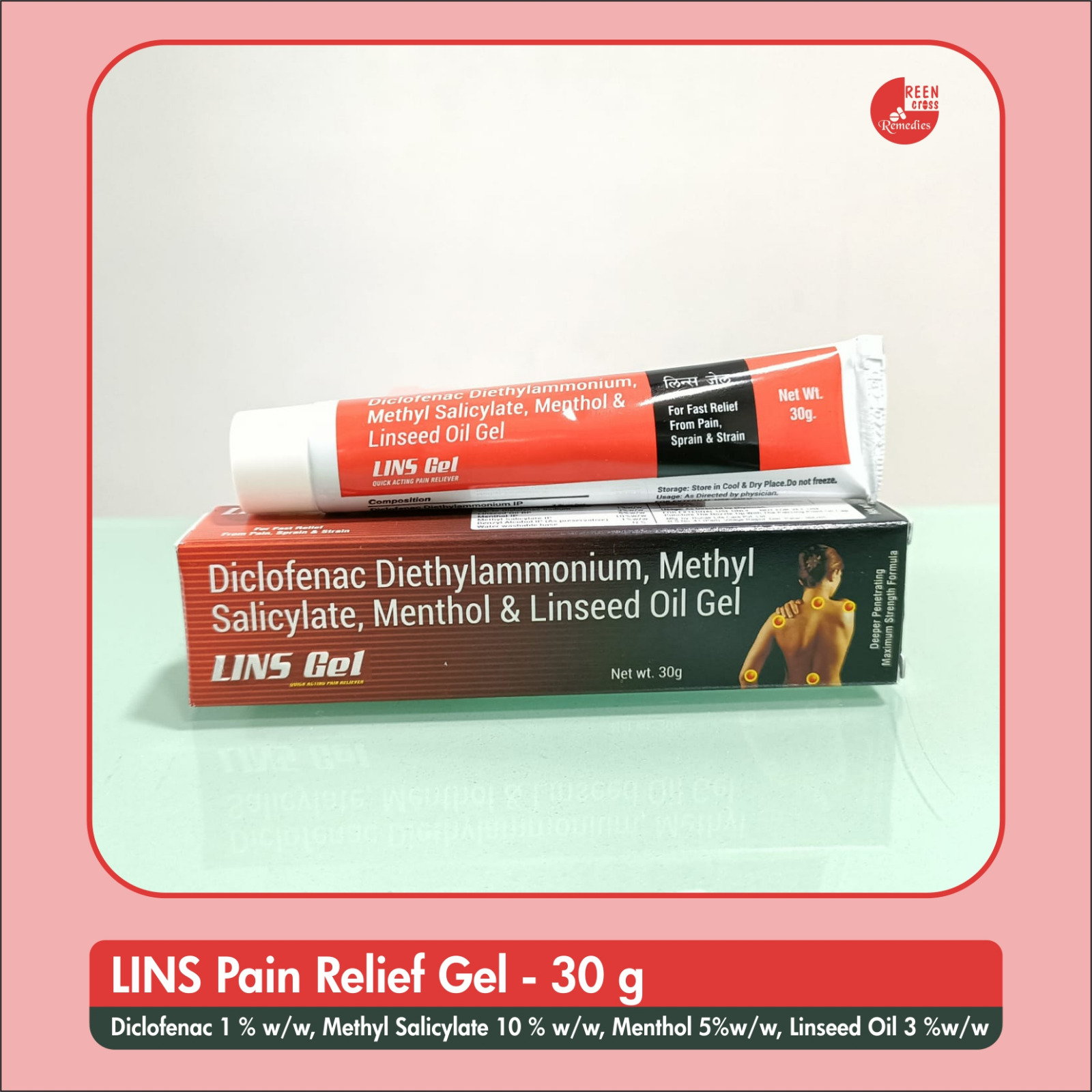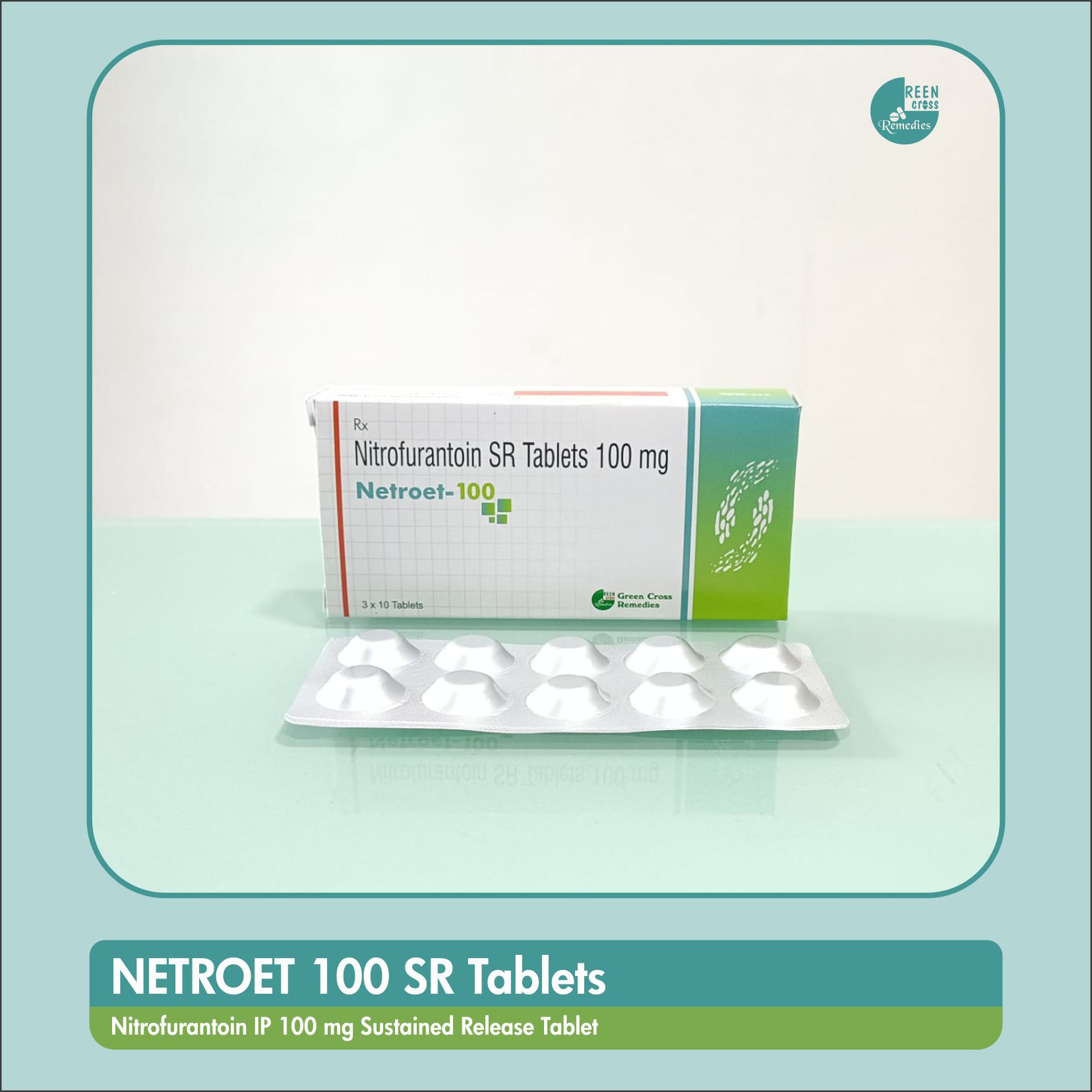LINXO 600 Tablet
Linezolid 600 mg Tablet Use, Indication, Side Effects, Dosage, Mechanism of Action, Price, Contra-Indications, Drug Interactions.
PACK: 10 Tablets
MRP: 397

Linezolid 600 mg Tablet
Linxo 600 Tablet is an antibiotic medication used primarily for the treatment of serious bacterial infections. It works by stopping the growth of bacteria.
Uses & Indications: Linxo 600 is used to treat severe bacterial infections, including:
- Pneumonia (community-acquired or hospital-acquired)
- Skin and Soft Tissue Infections (including diabetic foot infections)
- Vancomycin-resistant Enterococcus faecium (VRE) Infections
- Methicillin-resistant Staphylococcus aureus (MRSA) Infections
- Infections caused by Streptococcus and Staphylococcus species
It is typically employed when other antibiotics are ineffective or when bacteria are resistant to standard treatments.
Mechanism of Action: Linezolid inhibits bacterial protein synthesis by binding to the bacterial ribosome (specifically the 23S rRNA of the 50S subunit). This prevents the formation of a functional initiation complex necessary for protein synthesis, halting bacterial growth and replication, which leads to bacterial death. Linezolid is primarily a bacteriostatic agent, but can also be bactericidal against certain strains, such as Streptococcus pneumonia.
Dosage:
- Adult Dosage:
- Initial Dose: 600 mg orally, twice a day.
- Duration: Typically ranges from 10 to 14 days, depending on the infection type and clinical response.
- Pediatric Dosage: Varies based on the child’s weight, condition, and doctor's recommendations.
- Renal or Hepatic Impairment: Dosage adjustments may be necessary for patients with severe renal or hepatic impairment.
It’s crucial to follow the prescribing physician's instructions regarding dosage and duration.
Side Effects:
Common side effects include:
- Gastrointestinal: Diarrhea, nausea, vomiting, and constipation.
- Hematologic: Low platelet count (thrombocytopenia), low white blood cell count (leukopenia), anemia.
- Neurological: Headaches, dizziness, peripheral nephropathy (numbness or tingling in extremities).
- Liver Effects: Elevated liver enzymes (liver toxicity).
- Skin Reactions: Rash or itching.
- Serotonin Syndrome: Rare but severe when combined with certain antidepressants.
Seek medical attention for persistent side effects or signs of an allergic reaction.
Contraindications: Linxo 600 is contraindicated in the following situations:
- Hypersensitivity: Known allergy to Linezolid or its ingredients.
- Use with Monoamine Oxidase Inhibitors (MAOIs): Concurrent use is contraindicated due to the risk of hypertensive crisis.
- Severe Renal or Hepatic Impairment: May require dosage adjustments or could be contraindicated.
- Pheochromocytoma: Linezolid can increase blood pressure.
Drug Interactions: Potential interactions include:
- Serotonergic Drugs: Combining with SSRIs, SNRIs, or other serotonergic drugs may lead to serotonin syndrome.
- Adrenergic Drugs: Co-administration may increase blood pressure.
- Antibiotics: Certain antibiotics like rifampin can interfere with Linezolid's effectiveness.
- Anti-platelet or Anticoagulants: Increased bleeding risk due to thrombocytopenia.
- Anesthetics: Caution is advised when used with certain anesthetics, such as halothane.
Consult with a healthcare provider or pharmacist before starting or combining Linezolid with any other medications to avoid serious interactions.
Disclaimer:
This information is intended for the use of Registered Medical Practitioners, Hospitals, Pharmaceutical Company Field Staff, and Pharmacies Only.
Some FAQ – Linezolid 600 mg Tablet ( Linxo 600 Tablet )
1.What is Linezolid 600 mg Tablet ( Linxo 600 Tablet ) used for?
- Linxo 600 is used to treat serious bacterial infections such as pneumonia (community or hospital-acquired), skin and soft tissue infections (including diabetic foot infections), MRSA, VRE, and infections caused by Staphylococcus and Streptococcus species.
2.How does Linezolid in Linxo 600 work?
- Linezolid inhibits bacterial protein synthesis by binding to the bacterial ribosome (specifically the 23S rRNA of the 50S subunit). This prevents the formation of a functional initiation complex necessary for protein synthesis, halting bacterial growth and replication, which leads to bacterial death.
3.What are the common side effects of Linezolid in Linxo 600?
- Common side effects include diarrhea, nausea, vomiting, constipation, headache, dizziness, rash, anemia, thrombocytopenia, and elevated liver enzymes. Rarely, it may cause peripheral neuropathy or serotonin syndrome.
4.Can I take Linezolid in Linxo 600 with food?
- Yes, Linezolid can be taken with or without food. However, avoid tyramine-rich foods (aged cheese, soy products, beer, wine) as they may cause dangerous blood pressure spikes.




